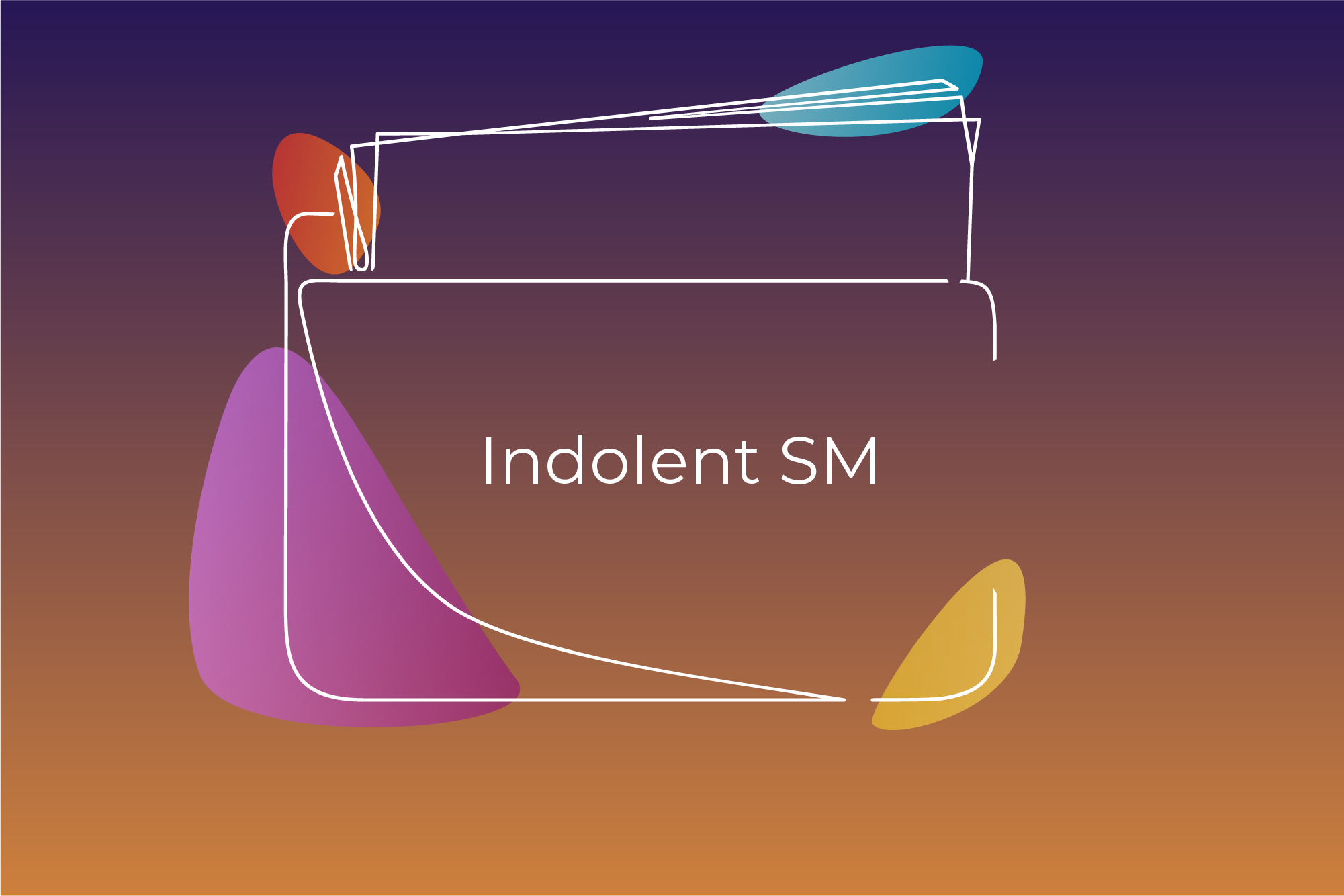Indolent systemic mastocytosis (SM) is the least aggressive form of the five SM subtypes recognized by the World Health Organization. The majority of patients with SM — about 90% — have indolent SM.
What characterizes indolent SM?
If you have been diagnosed with indolent SM, you have a usually benign (i.e., non-aggressive) form of SM caused by the abnormal accumulation of mast cells in the bone marrow and other organs. Mast cells are immune cells that are released to fight allergic reactions and inflammation in the body.
Physicians now largely determine your SM subtype via specific criteria set by the World Health Organization. These criteria are highly technical and depend on specific laboratory findings — but in general, an indolent SM diagnosis means milder signs and symptoms of the disease. For example, one of the criteria for the diagnosis of indolent SM is the presence of clusters of abnormal mast cells in the bone marrow, but without evidence of more severe findings that would suggest a more aggressive course of SM.
Read more about SM testing and diagnosis
What is the clinical course of indolent SM?
Though it is the least aggressive form of SM, patients with indolent SM may still experience significant symptoms. One study found that more than two-thirds (70%) of patients reported some form of functional limitation. In addition, the most common symptoms of indolent SM — such as skin disease, pruritus (severe itching), food allergies and muscle pain — can have a significant psychological effect, as patients lose some of their ability to navigate their world with confidence. For this and many other reasons, potential triggers of SM symptoms should be carefully avoided.
What is the prognosis?
Though patients may struggle with symptoms, people with indolent SM generally have a life expectancy similar to that of individuals without the disease. A study in 2019 of 1,006 patients with indolent SM found that the median survival after a diagnosis was approximately 28.4 years. Indolent SM is a subtype that has a relatively slow and stable disease course; only 3% to 5% of cases progress to a more advanced form of the disease.
How is indolent SM treated?
The focus of indolent SM treatment is to ensure that the disease is under control as much as possible, to ensure that quality of life is not too heavily impacted.
In 2023, the tyrosine kinase inhibitor avapritinib became the first treatment approved by the U.S. Food and Drug Administration specifically for indolent SM.
Treatment for indolent SM largely depends on the symptoms present, but many treatments aim to minimize the risk of anaphylaxis. Your doctor may prescribe you antihistamines to counter the effects of mast cell histamine release. Most patients are advised to carry an epinephrine auto-injector for on-demand use. Venom immunotherapy may be recommended to patients with severe reactions to bee and wasp stings.
Because indolent SM is typically mild with no presence of organ damage, patients don’t typically require the drugs prescribed with more aggressive forms of SM to treat organ damage.
Key takeaways to remember
In summary, indolent SM is generally considered the mildest subtype of SM. In some patients, symptoms may hardly be bothersome, if they indeed appear at all. However, it is important to comply with the therapies prescribed to ensure that the disease burden is kept to a minimum and that the impact on quality of life is low.
Sign up here to get the latest news, perspectives, and information about SM sent directly to your inbox. Registration is free and only takes a minute.

